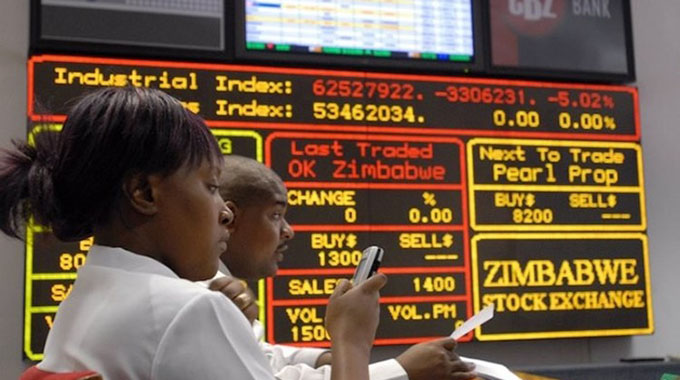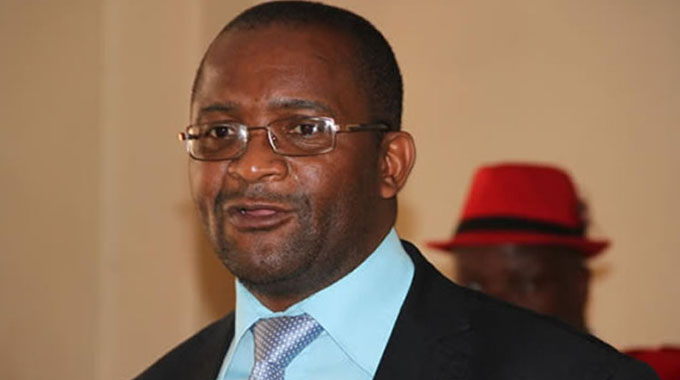ZSE market cap leaps 40pc

Golden Sibanda Senior Business Reporter
|THE Zimbabwe Stock Exchange (ZSE) market capitalisation grew 40 percent last month (September 2019) to a post dollarisation record of $30,99 billion, as investors flocked to the market attracted by cheap share valuations in the wake of a continually weakening domestic currency.
Zimbabwe’s domestic unit, the Zimbabwean dollar, has lost ground against major currencies, sliding from 2,5 to the US dollar when the interbank market was introduced in February this year to 15,27 as of yesterday.
This has driven inflation from 5,39 percent in September 2018 to about 175,5 at the last official count by Zimbabwe National Statistics Agency (Zimstat) in June, making most ZSE stocks sitting ducks for savvy investors.
ZSE’s main industrial index jumped 39,9 percent to close the month of September at 744,55 sustained by gains in telecoms gains Econet Wireless, fintech entity Cassava Smartech and beverages maker Delta Corporation.
ZSE’s mining index of four also registered weighty gains in the month of September, piling on 21,44 percent to 317,75 buoyed by a 71,34 percent vault in Africa’s only integrated nickel miner, Bindura’s stock price.
In fact, the ZSE posted remarkable growth across all key market indicators in September after the All Share Index jumped 39,77 percent to 232,52 while the Top 10 Index skipped a weighty 46,42 percent to 218,09.
Top gainers during the month included Simbisa, which vaulted 167,18 percent to $146,95, as OK Zimbabwe piled on 138,54 to $70,37, PPC more than doubled after adding 111,94 percent to $424,75, Proplastics grew 84,21 percent to $70 while BNC grew 71,43 percent to $18.
The stock market’s top fallers last month were
spirits maker Afdis after the stock retreated 8,33 percent to $165 and TSL, which softened 1,66 percent to $74.
Monthly market turnover surged 52,82 percent to $166,43 million in the period under review, with average daily trades coming in at $7,93 million.
The most significant contributions to total value traded were from Innscor, Old Mutual and Delta, contributing 14,05 percent, 12,95 percent and 12,62 percent, respectively.
Total volumes traded jumped 468,89 percent to 670,67 million shares.
Key developments during the period under review
In the month of September, the monetary authorities issued the Mid-Term Policy statement whose key highlights were the introduction of a US dollar denominated savings bond in a bid to promote the savings culture.
Key features of the bond include a 7,5 percent per annum interest rate, with a minimum tenure of one year, liquid asset status while the security is tradable and acceptable as collateral for overnight accommodation by the RBZ as collateral.
The central bank also indicated that there would be an injection of physical cash of circa 10-15 percent of the money supply to ease cash shortages.
The money supply as at June 30, 2019, was recorded at $14,77 billion, indicating a cash injection of between $1,47 billion and $2,22 billion, notably the central bank indicated that the cash injection will be offset by an equivalent electronic balance reduction in order to maintain money supply.
The overnight bank rate was further increased from 50 percent to 70 percent per annum further dissuading the productive sector from borrowing.










Comments